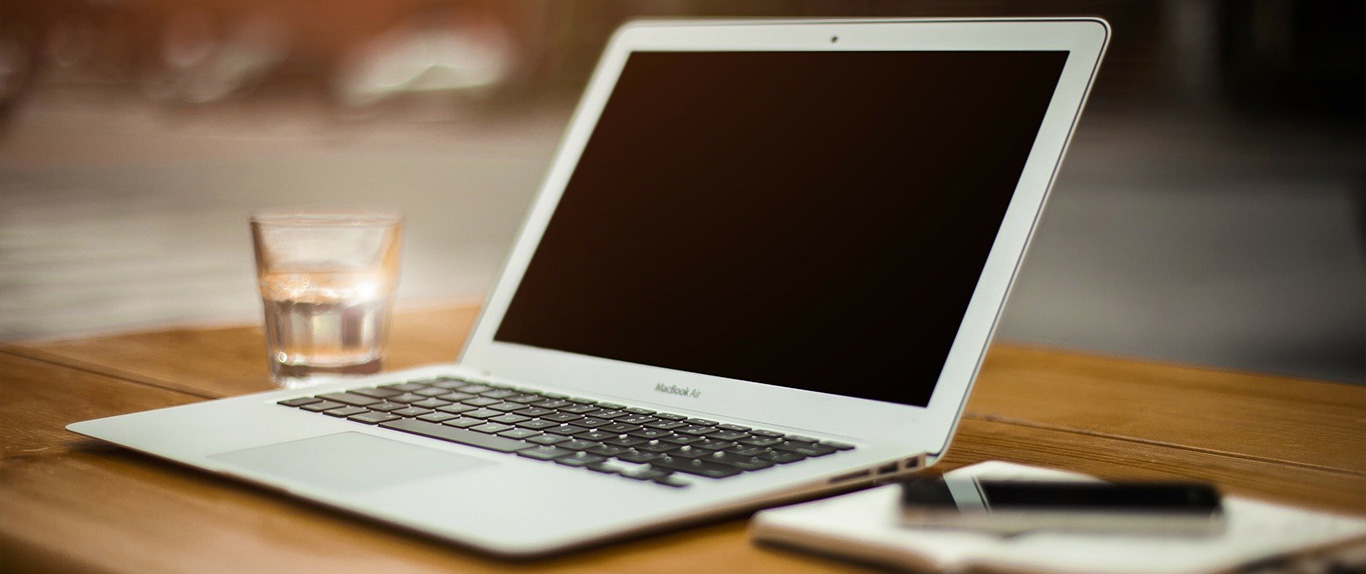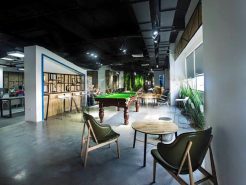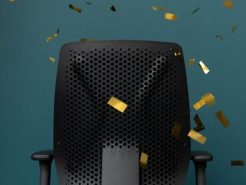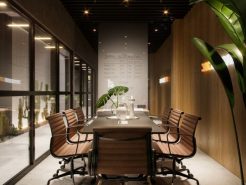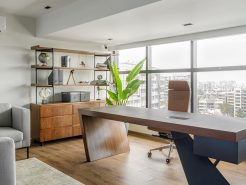I’ll admit it: My desk has officially gotten the better of me with papers stacked sky-high, pens haphazardly scattered about, and a laptop that’s surrounded by mugs and notebooks.
Most Americans spend the majority of their day at their desks—an average of five hours and forty minutes to be exact. So, if a clear mind is the product of a clean space, I’m not exactly setting myself up for success.
It’s not that I haven’t cleaned up my act before; I have. Then a few weeks later, the clutter is back (and bigger than ever). So I asked Laura Cattano, New York City-based organizational designer how I should deal. She basically told me to drop all the organizational stereotypes I had in my head and get real about what I needed to work better.
To her, organization is functional. “You have to decide how you want to live,” she says. “Are you looking for a zen environment or a space to feel inspired?” While the answer isn’t the same for everyone, these guidelines can help you to understand your area better, so that you can work more productively within it.
Keep reading for tips to get organized once and for all.
Does your work day mean time spent on a laptop or are you sketching designs or drawing up plans on a wide surface? Cattano says to first take a moment to picture what you need for your work day. “For me, I know this means a wide surface with a simple to-do list and my desktop,” she says. “You have to take the time to listen to yourself.”
Once you know what you want on your desk, eliminate the non-essentials from your space. Think of the things you want to look at or grab each day (that favorite coffee mug or must-have simple succulent) and then build your space around them.
Your desk isn’t a filing cabinet
File cabinets are clutch, but are you using yours correctly? “Odds are, your file cabinet is filled with archival paperwork, or paperwork you don’t need on any given day,” Cattano says. She explains that you really only need three types of papers on hand: Current paperwork for present projects, reference paperwork, and archival paperwork.
In other words, your desk shouldn’t function as a storage facility. If you need a small filing space, place it to the outer corners and fill it only with papers that you’re referencing day-to-day. Your space will thank you!
Nix the supply reserve
Real talk: You do not need five-plus pens and half a dozen notebooks on your desk. Go through your supplies, and divide your tools between surplus and those you plan on using. “More supplies means more storage, and storage is not actually a solution,” she says. “I keep what I immediately need on my desk; the rest is stored elsewhere—a closet, or supply room.” Doing away with the excess clutter can make your space feel more useful and accessible and less overwhelmed by stuff.
Bring in design elements
You have a pencil, your favorite pen, and maybe a highlighter or two, but nowhere to store them? Before you head over to your neighborhood office supply store for a run-of-the-mill holder, Cattano says to ask yourself why a pencil cup has to be so blasé. If you have a beautiful mug or vase you find aesthetically pleasing, make that your pencil cup.“Who cares what the vessel was when you bought it. I work to help clients see things for what they are—tools,” she says. “If I wouldn’t use it to decorate my home, why would I use it for my desk space?”
For Cattano, being organized is never about following convention. “I worked in an office early on in my career, so I hate filing. I put things away in a drawer and that works for me,” she says. Maybe writing to-do lists isn’t your jam, so you manage your daily tasks with a digital calendar. No matter the solution, take time to listen to yourself. “Being organized is just knowing what you have and where to find it,” Cattano says.

